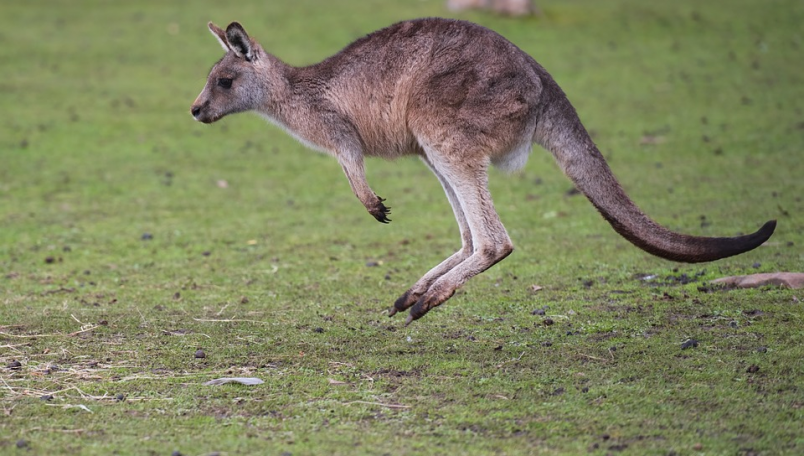Number (estimation): Jumping Competition
Challenge level ⭐
(designed for children with prior knowledge of the Year 3 programme of study)
Learning Objective
We are learning how to solve a natural world problem by using and applying our skills and knowledge of number and estimation.
Useful prior knowledge:
- To know that 100 cm is equal to 1 m
- To be able to estimate the position of a number on a number line
Clip Description
Some animals, such as the kangaroo, jump as their main form of movement from one place to another. Other animals, such as a tree frog, use it only as a means to escape a predator. Animals that have long, muscular legs tend to be the ones that can jump the furthest.
In this fascinating clip, we learn that the tendons within a kangoroo’s hind (back) legs act like springs, enabling it to leap through the air and travel at the speed of a racehorse for hours at a time. How far do you think a kangaroo can travel in a single hop? Watch the clip to find out.
Quick Whiteboard Challenge
In 1991, Mike Powell of the United States set a long jump world record of 8 m 95 cm (895 cm) at the athletics World Championships in Tokyo.
How many ways can you make 895?
e.g. 400 + 400 + 50 + 40 + 5 = 895 900 – 5 = 895


